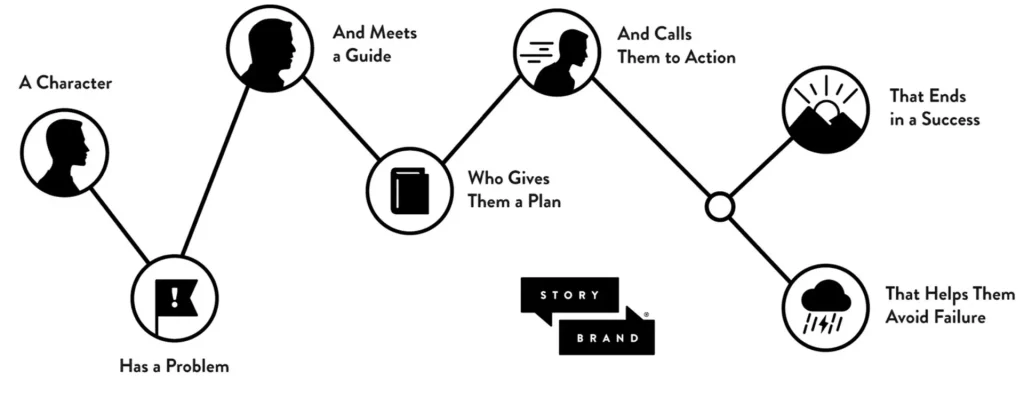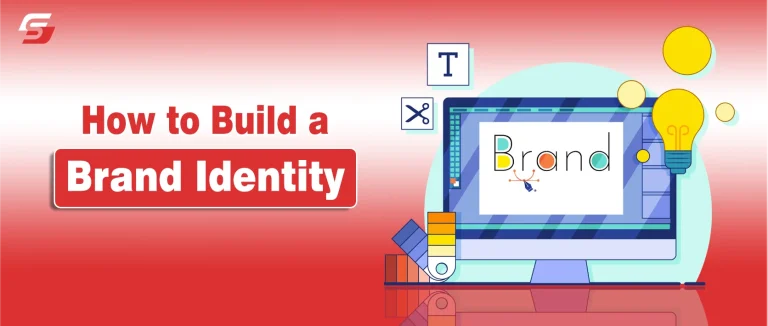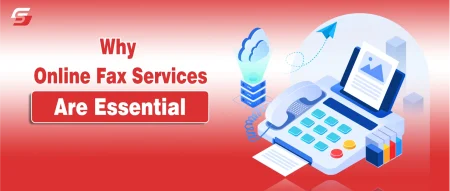Has this happened to you: you have launched a new product or started a new business and not gotten any clients? If so, let me tell you that the main reason is a lack of branding. You have to start implementing modern branding practices in your business to survive in the 2025 market and capture the audience.
Nowadays, with crowded and attention-deficient markets, building a strong brand identity isn’t optional, but necessary. It’s the basic source that provides visual and emotional context, turning strangers into loyal fans. But if you don’t know how to do that, then you are at the right spot.
In this guide, I’ll definitely guide you on how you can build your brand identity that will fuel your startup’s growth.
Why Brand Identity is Your Startup’s Superpower?
Brand identity is the complete collection of visual, verbal, and emotional elements that your startup has. It’s your logo, colours, voice, story, and everything that sets you apart from your competitors. That’s how you stand out in a crowded market where everyone seems to be saying the same thing.
You may also have noticed that weak brands fade while bold ones get what they want. A strong identity builds trust in seconds. Consistent branding boosts recognition by a huge ratio and revenue by up to 23%.
For startups, it’s a great strategy because most of the consumers judge credibility by design alone, and emotionally connected customers are more likely to recommend you. In crowded tech domains such as SaaS, e-commerce, or Fintech, it’s your unfair advantage.
Key Elements of a Winning Brand Identity
Here are the key elements that you cannot ignore for creating a winning brand identity:
1. Define the Foundation
You have to develop a clear brand purpose and values to explain the business identity. This should also cover why it is important for customers. For that purpose, you have to analyze the target audience to create messages and connections.
You have to create a unique value proposition and positioning to make the brand stand out. Choose a brand personality that should be authoritative, playful, or sophisticated to guide all expressions.
2. Translate Strategy into Visual and Verbal Identity
You have to turn your strategy into visuals and the voice of your brand. Create a name and logo for instant recognition, and then choose a specific color palette to evoke emotions. Establish typography, readability, and style.
Then start defining your brand voice and messaging for tone. In the end, apply cohesive imagery through photos and illustrations to tell a story.
3. Consistency Across Touchpoints
Apply the same visual elements, tone of voice, and messaging standards to every customer interaction. You have to stay consistent on every digital platform, print materials, social media, in-store displays, and customer service.
4. Stay True to Defined Values
You have to stay true to defined values and stay stuck to the original brand purpose and core values. You have to work on it in every decision, campaign, and communication to keep the brand real, relatable, and credible.
5. Deliver a Great Brand Experience
Manage every touchpoint, such as product quality and user interface, to customer support and post-purchase follow-ups. This will help you to deliver a memorable experience that delights, encourages repeat business, and turns happy customers into brand advocates.
To deliver a great brand experience, you can read how to keep your customers coming to you after a purchase.
Top Strategies to Build Your Brand Identity
Before you build a brand, define your target audience. People respond to tones, visuals, and personalities, so start by understanding what it takes to create an audience for your brand.
A simple way to do this is by creating buyer personas and fictional profiles of your ideal customer. To start, add the basics like age, location, and income, and deeper details such as values, usage habits, and preferred brands. As your brand grows, refine these personas based on real customer data.
1. Research Your Competition
Conduct competitor research to work on your specific niche. Identify their strengths to differentiate and weaknesses, such as underserved markets or poor customer service.
Look at their websites, pricing, and messaging. Use SEO tools to analyze keywords and find untapped topics. Create a spreadsheet to compare factors such as market positioning and performance. This will show you gaps where your brand can stand out and attract customers better.
2. Define Your Brand Purpose and Position
Define your brand’s market position with a clear mission statement. This outlines your goals and aligns with your core values and business strategy, and guides all branding efforts.
If that’s hard to do, answer these questions: Why does your company exist? What problem does your product solve? Why choose you over competitors?
Remember, the mission is an internal guide, not a marketing slogan. Let me give you an example: Nike’s mission “To bring inspiration and innovation to every athlete.” If this feels too difficult, then a startup branding agency can help you refine this positioning with market analysis and competitor research.
3. Create a Personality and Brand Voice
Brand personality sets you apart and attracts the right customers. Be consistent across websites, social media, emails, and products to build trust.
Tailor your voice to your audience, mission, and industry. For example, if you’re targeting Gen Z, use casual, vibrant language.
You have to draw this from five core personality types, which are excitement, sincerity, ruggedness, competence, and sophistication. Research what resonates in your space. Create an editorial style guide and treat your brand like a person. Decide on formality, word choice, and tone.
4. Create Your Brand Story
Stories connect emotionally, so they’re powerful for marketing. I suggest you follow Donald Miller’s framework in Building a StoryBrand: Position the customer as the hero facing a problem, your brand as the guide with a plan, and lead to success.

These elements include:
- Hero: Humanize the customer using buyer personas.
- Conflict: Practical and emotional needs.
- Guide: How your brand solves the problem, with testimonials.
- Climax: Failure without your solution, then call to action.
- Resolution: Positive outcomes.
Include your mission to explain your brand’s purpose. Use the story on landing pages and ads. Burt’s Bees addresses skin care concerns with natural products without harsh chemicals. They’re the healthy solution.
Final Thoughts on Brand Identity
Building a strong brand identity is essential for startup growth, driving trust, recognition, and winning your customers’ loyalty over your competitors. You can build a strong brand by just paying your full attention to your story to capture your target audience.
This will help you to stand out in crowded markets like SaaS and e-commerce. Consistency, authenticity, and strategic design set you apart. As you grow, focus on values and user experience. Remember, your unique brand is your biggest asset. At the end, I will suggest you implement these steps to turn your startup into a success story.
What Brands Ask About Building Brand Identity
If customers easily recognize your brand, remember it, and feel emotionally connected, then your identity is successful. Consistent engagement, repeat buyers, and positive brand associations are key signals.
Absolutely. Consistency matters more than budget. Even simple branding done consistently across your website, social media, and packaging can create a strong identity.
Brand voice is the tone and personality that your brand communicates in writing and speech. It gives your brand a character, like professional, playful, bold, etc.
Most businesses revise their identity every 5–7 years, or when entering new markets, repositioning, or expanding their product lines.











